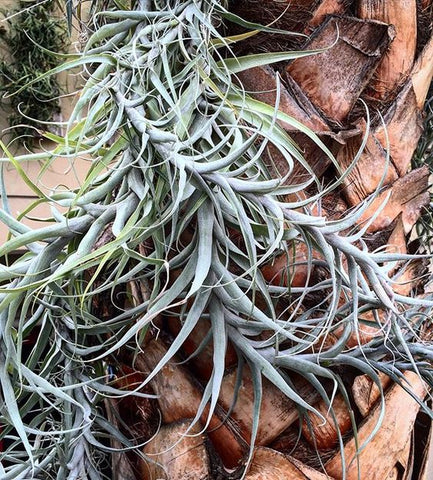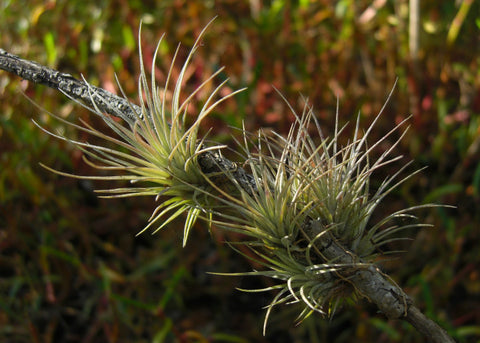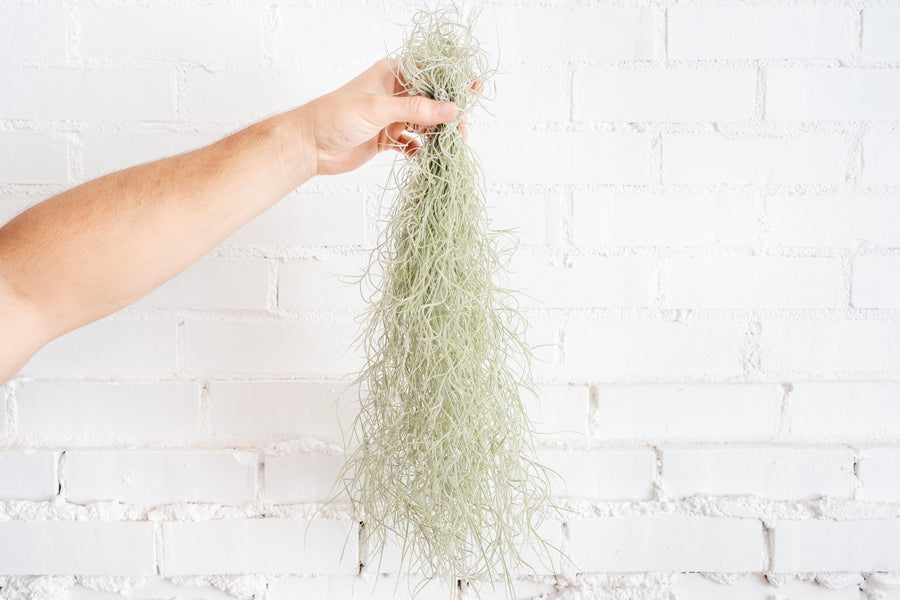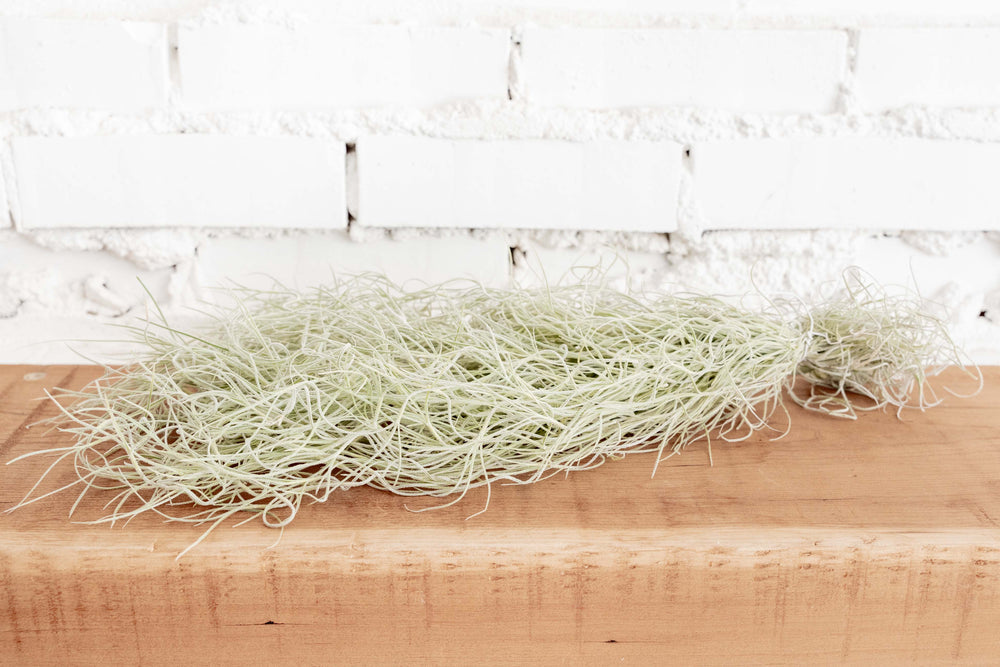All About Epiphytes

Tillandsia plants are considered epiphytes which means that they use their roots to anchor themselves to tree branches, bushes and other plants. Doing so allows Tillandsia plants to receive nutrients, sunlight, and moisture from high up in the canopy and other places where other plants don’t have access to.

Epiphytic plants growing on the base of a tree in the Danum Valley, Sabah, Borneo. Photo: Science Source
There are many different species that are considered epiphytes, including ferns, orchids, bromeliads (Tillandsia), cacti, moss, lichen, liverworts, and algae. The word “epiphyte” derives from the Greek epi-upon, and phyte- plant. There are over 29,000 species of epiphytes that fall into 83 families. More than 10% of the plants in upper canopies of the rainforest are epiphytes. The amount of biodiversity that can be found in the upper canopies of a forest is astonishing.

Since most epiphytes do not use their roots in soil, how do they get their nutrients? Tillandsia for example, use trichomes to absorb moisture from fog, dew, rain and mist, instead of their roots. This adaptation allows epiphytic Tillandsia plants to grow in places that other plants don’t have access to, such as high up in tree canopies in the rainforest, in dry cloud forests, or above areas of water such as rivers or swamps. Other epiphytes such as bromeliads might have water tanks in addition to trichomes to ensure that they absorb enough moisture. On the other hand, orchids use their roots to anchor themselves AND receive moisture from the air.

These Tillandsia plants are growing as epiphytes on the trunk of this tree.
Photo: habitatbrasileiro.com
Epiphytic plants like Tillandsia plants can withstand an amazing array of temperature extremes and variations in the availability of water, which is why most have ways to conserve water, ie. trichomes, water tanks, CAM photosynthesis, and succulent like leaves.

Often Tillandsia, Ferns, Bromeliads, and Orchids are only found on the north side of trees. Why do you think this is? Well, the heat of the southern sun would scorch and burn these plants in the dry season, so they grow on the side that isn’t in direct sun. This also allows them to absorb as much moisture as possible without it being dried up by the sun.

Epiphytic Tillandsia air plants Photo: Laid Back Gardener
There is a vast array of epiphytes growing in rainforests around the globe, but they also grow in deciduous forests here in the United States in the Pacific Northwest. Redwood forests host an amazing abundance of epiphytes including mosses, ferns, and lichens. Although the Pacific Northwest is probably too temperate a climate for wild Tillandsia plants to thrive in, since this area of the United States can get too cold at night.

Epiphytic moss and mushrooms growing on a redwood tree branch
It is interesting to note, that epiphytes seem to have a mostly positive effect on their hosts. The soil and detritus that is found in the crotches of trees where epiphytes grow, is an amazing habitat building feature of these plants. This allows other plants to grow in the soil formed from these epiphytes, and insects, reptiles, and other small animals thrive there and might even live their whole lives in these spaces. It is like a loop with benefits all around. There is a whole ecosystem that is flourishing above our heads when we walk through a forest. Pretty amazing huh?

This cloud forest in Peru is a perfect place to find epiphytic plants growing












